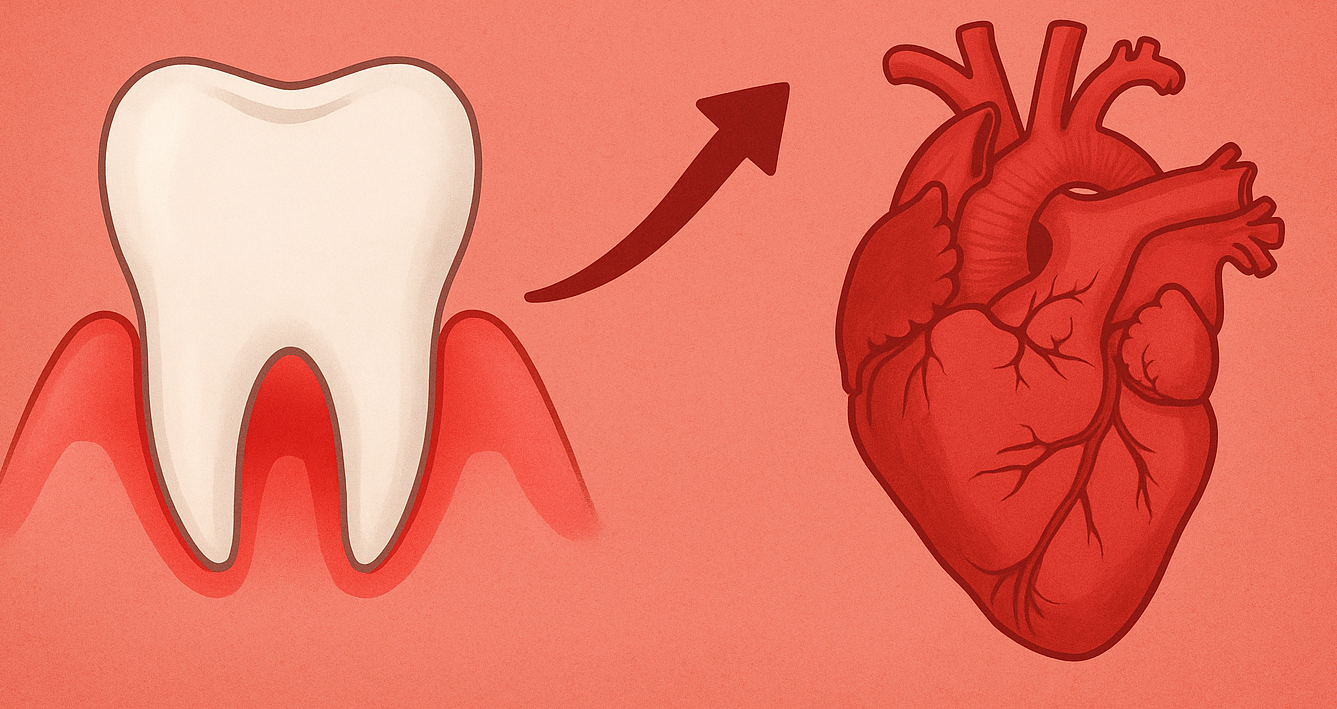Root canals are an incredible treatment option that effectively combats infection without the need for a tooth extraction.
Root canal treatment is one of the most effective dental procedures for saving a damaged or infected tooth. Often misunderstood or feared, root canals are a safe and pain-relieving solution that protects your overall oral health.
A root canal is a dental procedure that treats infection or damage in the pulp—the soft tissue inside the tooth that contains nerves and blood vessels. When the pulp becomes inflamed or infected due to deep decay, cracks, trauma, or repeated dental treatments, it can cause severe pain and lead to further complications if untreated. During the procedure, the infected pulp is removed, the canals are cleaned and disinfected, and the tooth is sealed with a filling or crown to restore function.
Here are the most important facts you should know about this essential procedure
Root Canals Eliminate Pain, Not Cause It
Root canals are vital for preserving a natural tooth that might otherwise need to be extracted. This helps maintain proper chewing and speaking function, prevents neighboring teeth from shifting, and protects the jawbone from deterioration. An untreated tooth infection can spread to surrounding tissues and even cause systemic health issues, making timely treatment critical. Its help to remove the pain and also save the tooth.

Getting A Root Canal Can Save Your Tooth : When to seek for root canal treatment?
- Severe toothache, especially when chewing or biting.
- Prolonged sensitivity to hot or cold foods and drinks.
- Swelling or tenderness in the gums near the affected tooth.
- Darkening or discoloration of the tooth.
- A small bump or pimple-like abscess on the gums.
Root Canals Are An Entirely Safe Procedure
Many people fear root canals due to outdated misconceptions about pain. However, modern techniques and anesthesia make the procedure virtually pain-free. Here’s what typically happens:
Examination and X-rays: Your dentist examines the tooth and takes X-rays to determine the extent of the damage.
Anesthesia: Local anesthesia is applied to numb the area, ensuring you feel no pain.
Cleaning the Canals: The dentist creates a small opening in the tooth and removes the infected pulp. The canals are cleaned and shaped using specialized tools.
Sealing the Tooth: The cleaned canals are filled with a biocompatible material and sealed to prevent reinfection.
Final Restoration: The tooth is restored with a filling or crown to strengthen and protect it.
The procedure may take one or two visits, depending on the complexity.
Antibiotics Do Not Cure Tooth Infections
Most of the cases prescribing antibiotics is a malpractice. As soon as the root canal starts it stops flaring infection and relieve pain. Cleaning the canal and using intra canal medicaments enough to complete the treatment successfully without any oral antibiotics.
-Dr Rahman
Logivity of Root Canal Treatment
With proper care, a tooth that has undergone root canal treatment can last a lifetime. Here are some tips to ensure its longevity:
Maintain good oral hygiene by brushing twice a day and flossing daily.
Visit your dentist regularly for check-ups and cleanings.
Avoid biting on hard objects like ice or pens to prevent damage to the restored tooth.
Most treated teeth require a crown to protect them from future damage and restore their strength. A well-maintained crown can make the tooth as functional as a healthy one.
Addressing Common Misconceptions
Myth: Root Canals are Painful
Truth: The procedure is designed to relieve pain, not cause it. Modern techniques and local anesthesia make it as comfortable as getting a filling.Myth: Extraction is Better
Truth: Keeping your natural tooth is always preferable. Extractions can lead to bone loss, misalignment, and the need for costly replacements like implants.Myth: It Takes Too Long
Truth: Most root canals are completed in one or two visits, making them an efficient solution for saving a tooth.







Comments
adamgordon
Wow, cool post, thanks for sharing.
miaqueen
Thanks for sharing this information is useful for us.